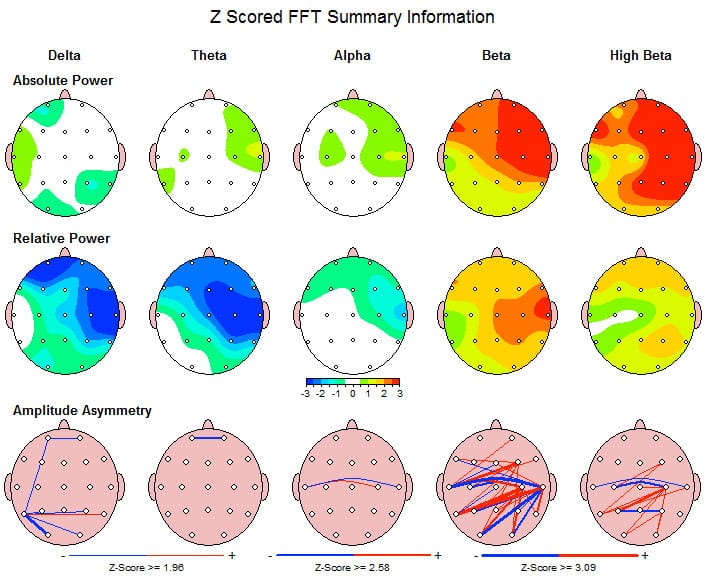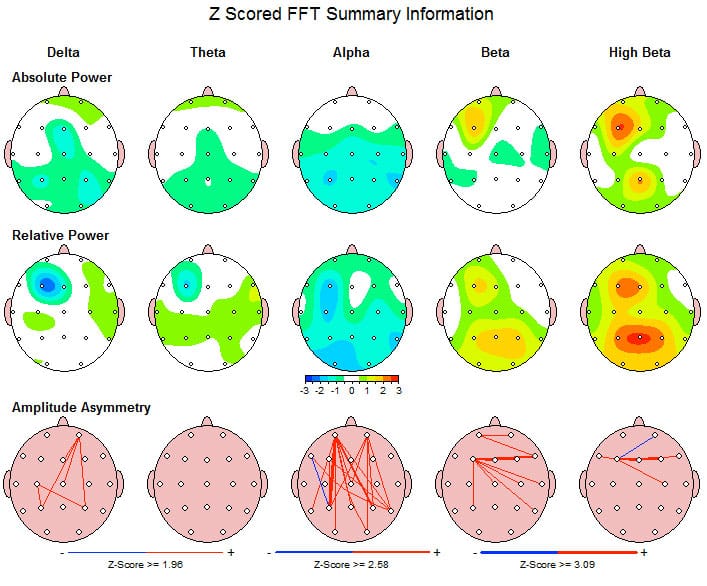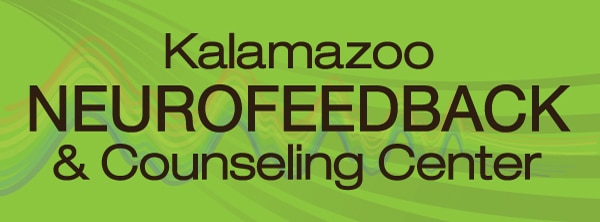What is Neurofeedback?
No more relying on medication or other temporary solutions that only mask the issue!
Instead, we work to get to the root of the problem and create a personalized treatment plan just for you.
Neurofeedback is a safe and non-invasive method that has been proven effective in treating a wide range of issues such as:
- ADHD
- Depression, low mood
- Anxiety
- Anger, oppositional behavior
- Trauma
- Traumatic Brain Injury (TBI)
- Migraines
Dr. JoAnne McFarland O’Rourke has years of experience as well as her own life-changing results! Her goal is to quickly help you live a full and happy life by giving you the tools you need to overcome your struggles – forever. So why wait? Get in touch with us today and start your journey to a better life.
“I normally would be upset right now, but I’m not.”
Thank you, Kalamazoo Neurofeedback, that my son can use these words - music to a mom’s ear. The NFB treatment had a surprisingly quick benefit, and my son now has the tools he needs to process his emotions. On top of that, he made a genuine connection with you and continues to find you a source of comfort, wisdom, and direction.
Neurofeedback provides a way to finally reduce
the issues that stand in the way of a fuller life.
Combined with traditional counseling techniques, NFB is a highly effective way to improve performance, address life issues, and move forward in achieving your desired goals.
Science of Neurofeedback
At Kalamazoo Neurofeedback and Counseling Services, we utilize brain mapping information to create a unique plan to reset your brain and help you achieve lasting results.
It begins with a quantitative EEG (QEEG, or brain map) to identify dysregulation that is contributing to mood, anxiety, learning or other issues. The QEEG results in a set of neurofeedback protocols to address this dysregulation. Neurofeedback is also used for “brain brightening,” helping to offset factors of normal aging by enhancing memory and performance.
Neurofeedback (NFB), also called EEG biofeedback, is based on electrical currents in the brain. The goal is to regulate and thereby, optimize brain function. For example, if the brain is under-functioning in an area, such as we see with depression or low mood, NFB increases faster brain waves and decreases slower brain waves in that area of the brain. The result is improved mood, as well as overall functioning.


What to Expect
A comfortable experience! The session will typically begin with the placement of sensors on your scalp. These sensors are painless and simply detect your brainwave activity.
You will be seated in front of a computer screen or listening to auditory cues. The feedback display will show real-time information about your brainwave patterns. It can take the form of visual images, sounds, or videos.
Videos about neurofeedback and the treatment process are available online.
Frequently Asked Questions about Neurofeedback
You may wonder whether neurofeedback (NFB) will really work. Overwhelmingly, research supports that neurofeedback works with a wide range of issues. Studies have included people with many different types of problems, from ADD/ADHD to cognitive performance to epilepsy to addiction. The evidence supports that neurofeedback leads to long-lasting improvements. However, neurofeedback may not work for everyone. For example, neurofeedback requires active participation. Youth or adults who are resistant to being in treatment are not likely to respond well.
How long treatment will take is a difficult question to answer. Factors include the severity and type of problem, as well as individual response to treatment. Research shows that gains can be made in as few as six sessions. However, addressing long-standing, complex issues takes longer. Overcoming the migraines I had for 20 years using NFB took a few months. Without hesitation, I would do it over again!
Many people report that the improvements from initial NFB treatment are enhanced with an occasional “tune-up”. A good comparison is long-lasting weight loss … if you see a few pounds return after having lost a significant amount of weight, you may need to diet for a week or two. The length of treatment for any “tune-ups” is typically brief.
Treatment begins with an initial intake that usually takes 75 minutes. Subsequent sessions include discussion and counseling followed by NFB training that last 60 minutes. Your progress is monitored using standard assessment tools so that we can track your response to treatment. In addition to NFB training, counseling-only sessions may be recommended.
Electrical currents from the brain are monitored using 1-2 leads that are placed on the head. The placement depends upon the issue being treated. The leads are linked to a computer software program that constantly monitors brain signals and provides positive feedback (more beeps and a computer game moving faster) when the brain is producing the desired signals. Based on the feedback, the client “learns” to modify brain signals and in this way, more optimal brain signals and thereby, healthier patterns are established. The monitoring by the software is similar to a blood pressure cuff — it is a measurement that goes from the client to the computer.
Neurofeedback Resources
Neurofeedback has been researched for more than 50 years. Below are links that will launch a search using Google Scholar of the most recent research publications on neurofeedback and these selected topics.
ADHD
Addiction
Anxiety
Autism Spectrum Disorders
Cognitive Performance
Depression
Migraine
Neurofeedback Overview
OCD
Pediatric Autoimmune Neurospsychiatric Disorders (PANS and PANDAS)
Parkinson’s Disease
Peak Performance
Post-traumatic Stress Disorder
Run your own search using Google Scholar.
Ready to move forward with a proven approach to therapy?
Contact us today to learn more and schedule your first session.
